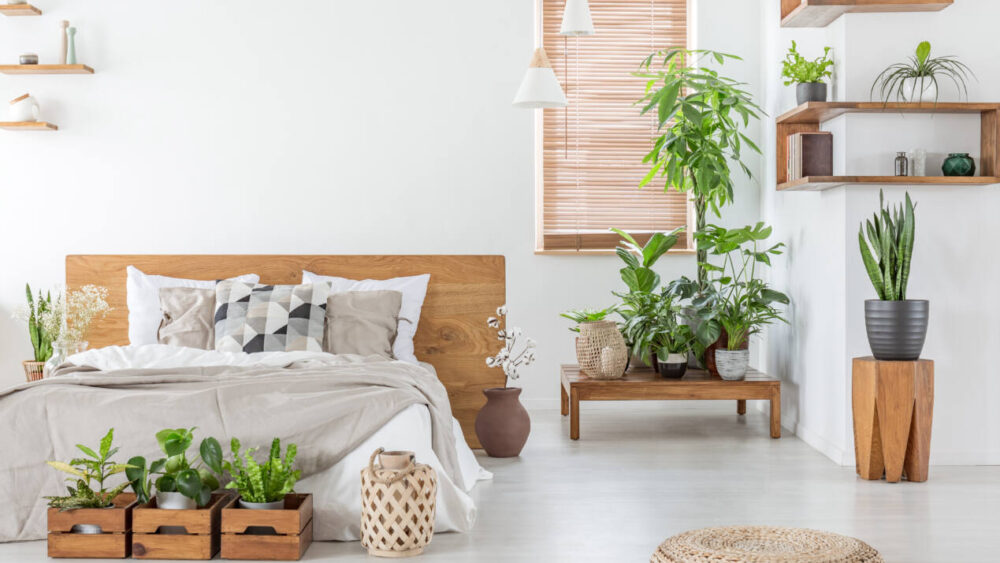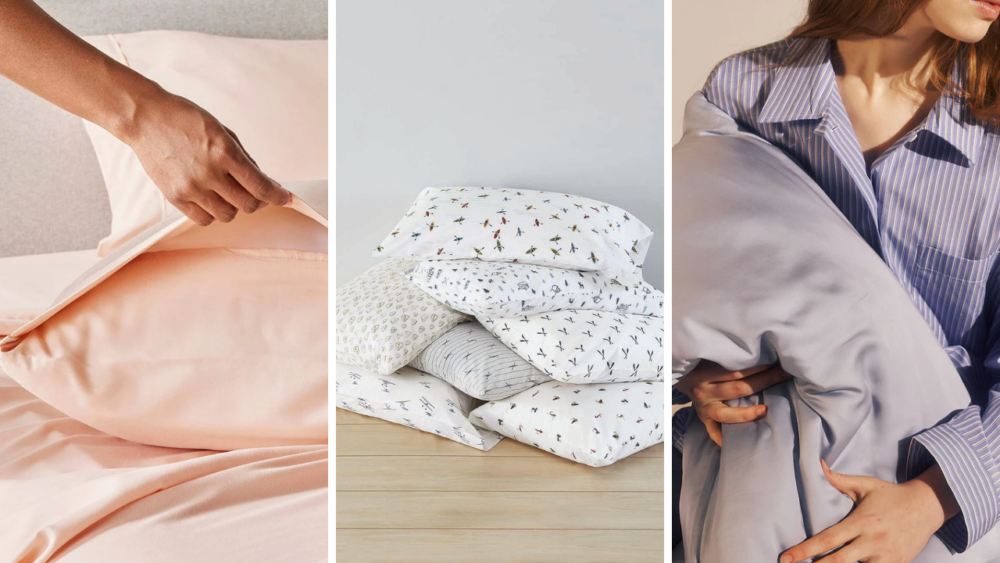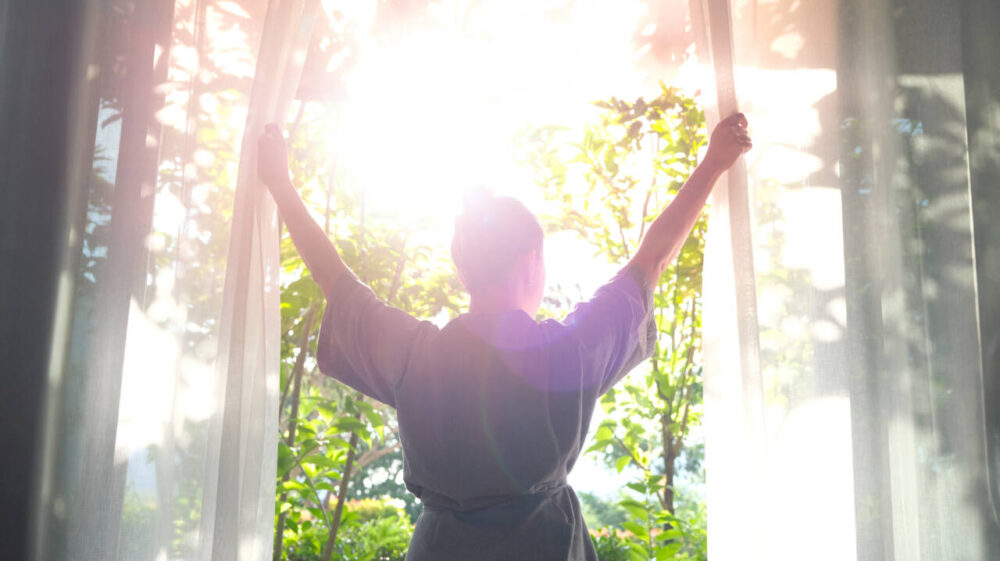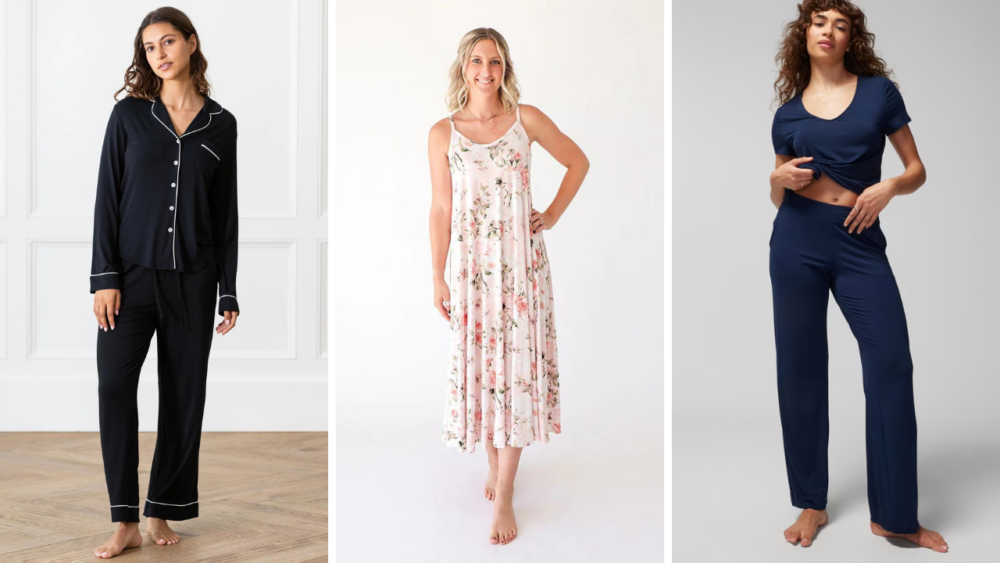You know white noise, but what do other colored noises do?
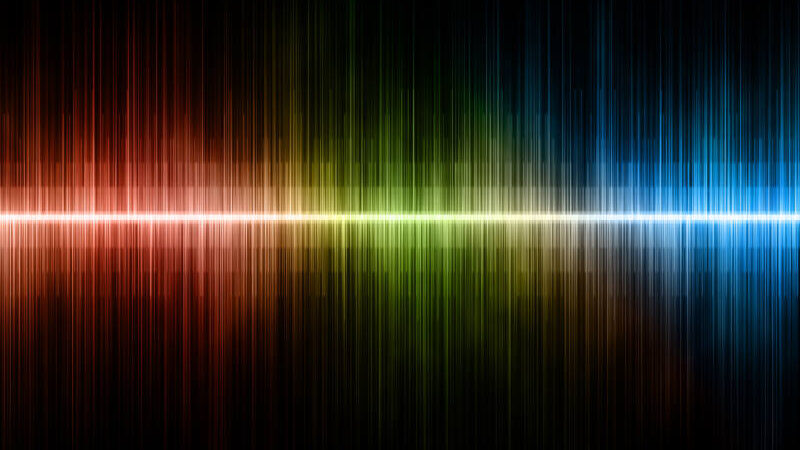
Raise your hand if your sleep has ever been threatened by distracting noise.
Me too. For years, it was always something.
Neighbors’ loud music. (At 10 p.m.!) People singing on the street. (How dare they!) Vehicle noise. (Motorcycles should be banned at night!) A partner snoring. (Really? You, too?)
But then I bought a white noise machine, and all of these problems were solved. The steady “shhhhh” sound covered all these aggravations like a blanket of snow. It reminded me of the window box air conditioner I had as a child — the one that shepherded me into a sweet slumber during heat waves. When I grew up and had my own babies, the white noise machine protected their naptime rest.
Nowadays, noise machines are more sophisticated, and they are available to anyone with a smartphone. My current one has 90 sound settings, starting with the white noise setting and extending into many other colors.
MORE: The best noise machine
Yes, colors. Audio engineers describe sound in the language of colors — which is why that static noise from my sound machine is called “white” noise. It’s similar to how we describe light in terms of all the colors that form it.
There are two main characteristics of a sound wave: frequency (how many waves per minute) and amplitude (the size of the waves). In melodic music, the waves are spaced in ways that we find pleasing to the ear. When the sound waves are more sporadic, with a random array of frequency and amplitude, the noise sounds unpleasant to us.
Sound engineers have assigned colors to sounds based on the frequency and size of the waves they create.
“Different colors of noise emphasize different frequencies over others — they have energy in different parts of the sound spectrum,” Barbara Shinn-Cunningham, the director of the Neuroscience Institute at Carnegie Mellon University, told The Washington Post. “They all have a quality that’s boring to the brain and makes other sounds less perceptible. The main effect is to drown out unexpected or disruptive sounds that would distract you or compromise your attention.
Brown (also called red) noise is mostly low frequencies, while violet is mostly high frequencies. White noise has all the possible frequencies, while black noise has none — it’s silence.
There are scores of YouTube videos dedicated to colored noise, like this one from @dalesnale that describes the various colors and their frequencies.
Here’s how all this affects you: Different colored sounds can affect your mood, your stress level and your ability to focus or relax. So, harnessing the power of colored sounds can help you in moments when your brain could use some support.
Which one is best for you? “What I tell my patients is, I really don’t know which is going to be better,” Dr. Phyllis Zee, director of the Center for Circadian and Sleep Medicine at Northwestern University Feinberg School of Medicine, told CNN. “Why don’t you just try them out to see which is relaxing for you?’”
The YouTuber @mysterioussoundsfromouters2381 posted one minute of various colored noise sounds that you can listen to below. Why not try them out and see what you think?
MORE: How to use your iPhone’s built-in white noise machine
White Noise
People have long used white noise, which is a mix of all the sound wave frequencies, to drown out distractions.
“White noise is especially good for blocking out other irregular and unpredictable noises, like your upstairs neighbors or phones ringing nearby,” Alicia Walf, a neuroscientist, told The Washington Post.
Because it blocks distractions, white noise can help people to sleep in noisy environments or to focus on tasks without being interrupted. That might be especially helpful for children (or adults) with ADHD.
https://youtube.com/watch?v=AV5PWGF4a7o%3Fsi%3DmhyKHkFEGUJhZHld
Brown Noise
Brown noise doesn’t have as many high frequencies as white noice, and it’s a lower sound, said Anahita Mehta, a researcher at the Kresge Hearing Research Institute at the University of Michigan, told U.S. News and World Report.
“Examples would be the deep roar of an ocean wave crashing or thunder rolling,” she said.
Researchers are examining claims that brown noise helps with focus, relaxation and a better quality of sleep.
“Brown noise has been shown to improve deep sleep and slow wave sleep — two types of sleep that are important for memory consolidation and learning — compared with other types of sounds or even, silence,” sleep expert and founder of Mattress Next Day Martin Seeley told Country Living. “The researchers found that listening to brown noise helped people stay asleep longer.”
https://www.youtube.com/embed/hK9AHxXYIzM?si=VJ82CB70zqhb8Jmb” width=”560″ height=”315″ frameborder=”0″ allowfullscreen=”allowfullscreen” data-mce-fragment=”1″>
Pink Noise
Like white noise, pink noise contains all the frequencies, but it’s more concentrated in the lower ones. It’s actually more of a mixture of white and brown (red) noise, and is reminiscent of falling rain.
It’s also touted for its ability to help with relaxation and sleep.
“[Some] prefer pink noise, which sounds deeper and warmer than white noise,” Dr. Chester Wu, a sleep medicine physician, told Sleepopolis. Its steadier pitch gives it a flatter, more soothing sound. Researchers are also studying its ability to aid in memory retention.
MORE: Should you sleep with a fan on? Science has some interesting answers
https://youtube.com/watch?v=O1Ig7L0Vgjg%3Fsi%3DN7NQ1VNpafT79yOP
Blue Noise
The frequencies of blue noise are concentrated on the high end of the spectrum, producing a high-pitched hiss without any bass. Blue noise is more stimulating than calming, and some believe that it promotes creativity and innovation. Audio engineers use blue noise to reduce distortion and create a more natural sound — a process called “dithering.”
Violet noise is similar to blue noise but is at an even higher pitch. It’s often used to treat tinnitus, which is a ringing in the ears.
https://youtube.com/watch?v=e8xBRbtl9gc%3Fsi%3Dt4UtrC0mQvFaIL4i
Research on the possible benefits of colored noise is ongoing. But clearly, many audio experts believe there are ways we can use these sounds that will boost our overall health and wellness. In the meantime, I’m just happy to let it block out all that other noise at night.



